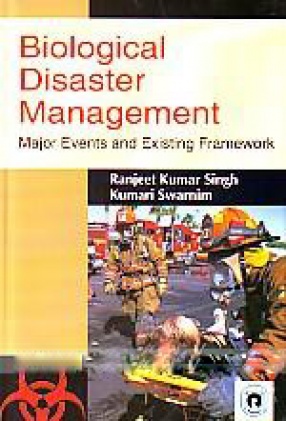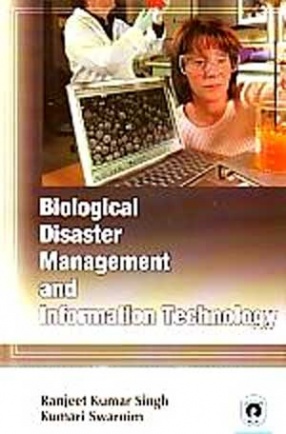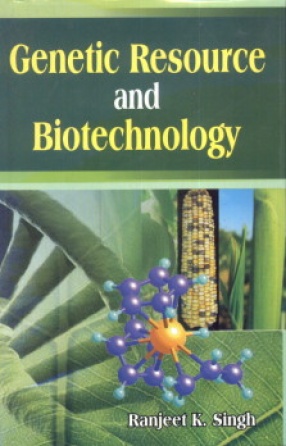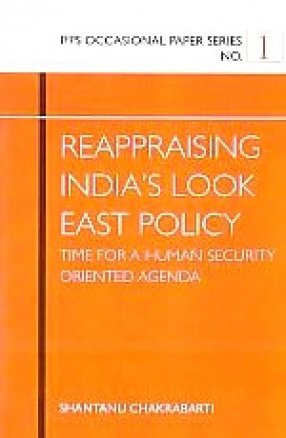This technology is still used by some South American Indians and Africans to slay game and to down a human enemy or two. It was standard operating procedure to dip arrows in fecal material or decaying meat before attacking an enemy as the role of infection in debilitating an opponent was well understood, fecal matter usually harbors the gas gangrene bacterium, Clostridium perfringens, and often the tetanus bacillus, Clostridium tetani. The poisoning of an enemies' water supply by dumping dead bodies or fecal material into wells and other confined water sources is an ancient war strategy; still in use today. In these cases a variety of fecal pathogens could be counted on to take a large toll of an adversary using that water supply. No tool or piece of knowledge has an innate moral context. Just as a knife, in the hand of a skilled surgeon, may save lives {good} that same knife, in the hands of a murderer, can take life (evil), so can knowledge be used to achieve contrary ends. Since biological knowledge just is, it remains the responsibility of humans and their societies to determine how information is used. Further, since the perception of good and evil lies in the eye of each individual, moral issues are forever in flux; i.e., consider our past and present views on slavery, women voting and the internment of the Japanese Americans during W .W. II. It is certain that ancient man used biological (germ) warfare long before recorded history. The use of biological toxins extracted from plants and animals on arrow heads or poison darts to kill, game and human enemies certainly predates recorded history.
Toxic Gases and Disaster Management
In stock
Free & Quick Delivery Worldwide
reviews
Bibliographic information
Title
Toxic Gases and Disaster Management
Author
Edition
1st ed.
Publisher
Rajat Publications, 2010
ISBN
9788178804712
Length
296p., 22cm.
Subjects









There are no reviews yet.